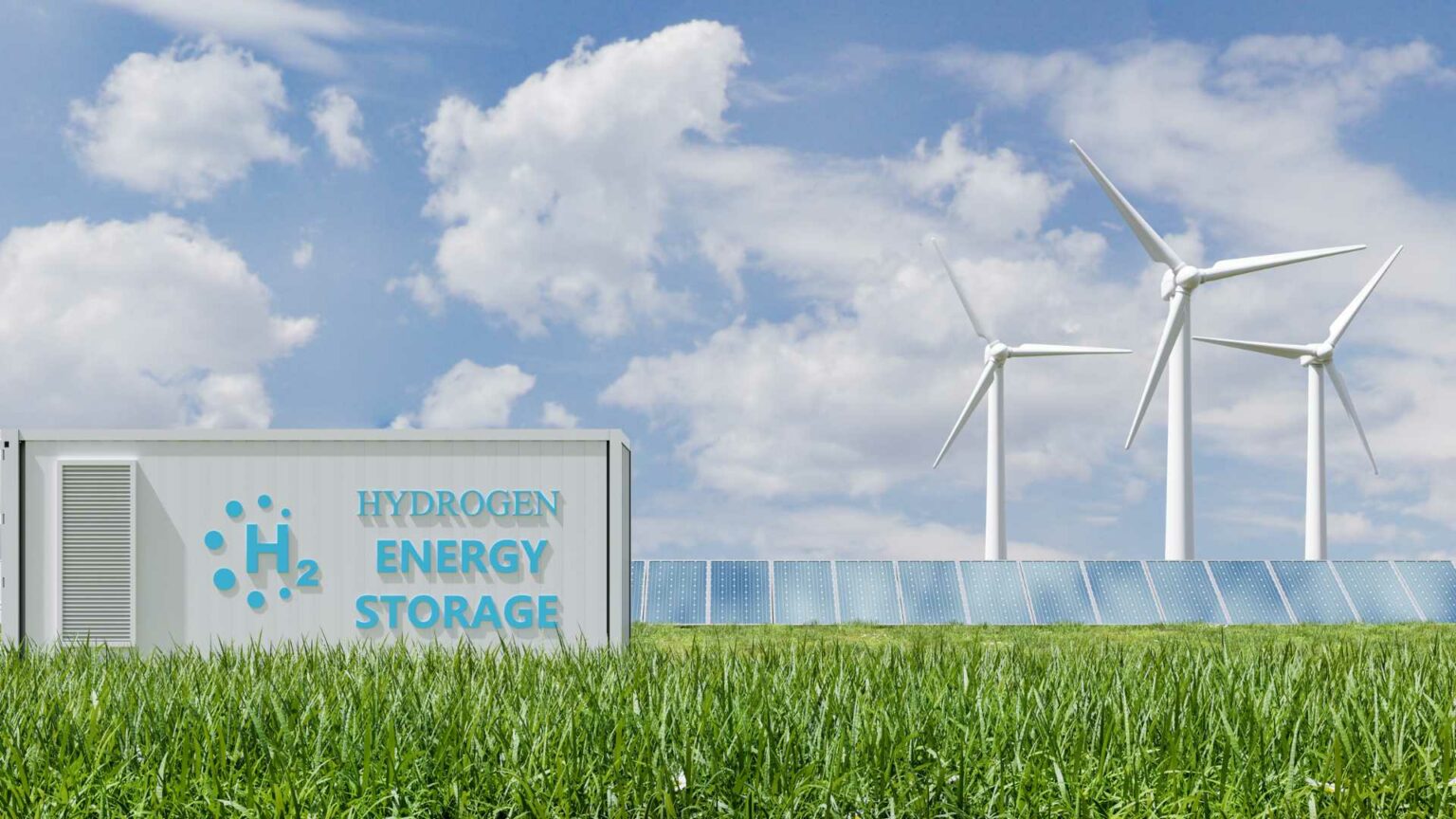In the context of burgeoning decarbonization efforts, the demand for underground storage solutions for gases such as natural gas, hydrogen, and carbon dioxide is accelerating. This understudied aspect presents complex technical, economic, and policy challenges that require multidisciplinary insights for effective resolution.
As the utility of these gases in decarbonization strategies gains significance, understanding the nuances involved in their underground management becomes vital.
The unique physical and chemical properties of hydrogen, natural gas, and carbon dioxide significantly influence their suitability for geological storage. Hydrogen, with its low molecular mass and high diffusivity, presents considerable challenges for containment, necessitating stringent geological conditions such as low-permeability formations to prevent leakage. Natural gas, having a larger molecular mass, allows for more stable containment; however, it too demands reliable caprock integrity to prevent escape. Carbon dioxide, typically stored for permanent sequestration, is more manageable under suitable geochemical conditions, utilizing deep aquifers and depleted reservoirs for sustained storage.
From an economic vantage, the cost structures for storing these gases vary drastically. Hydrogen storage is economically more demanding, almost doubling the levelised cost per energy unit in comparison to natural gas. This discrepancy is primarily due to the complex infrastructure required for hydrogen, driven by its unique properties that require higher capital and operational expenditure. Consequently, strategic policy frameworks and government interventions are anticipated to play a crucial role in establishing a viable market for hydrogen storage.
The geological suitability of storage solutions further complicates the landscape. Salt and rock caverns, alongside smaller depleted fields, are more apt for hydrogen and natural gas due to their cycling needs, whereas large-scale aquifers are preferred for carbon dioxide’s permanent sequestration. However, the competition for these resources presents an overlapping challenge as the energy transition progresses, necessitating nuanced storage management strategies.
Technological advancements and strategic policy interventions will be pivotal in reconciling these disparities. Developing robust regulatory frameworks and incentivizing private investment are essential steps towards balancing the scales between economic feasibility and technical necessities. Moreover, integrated storage planning that contemplates socio-political contexts and systemic factors aligns with sustainable development goals.
Stay updated on the latest in energy! Follow us on LinkedIn, Facebook, and X for real-time news and insights. Don’t miss out on exclusive interviews and webinars—subscribe to our YouTube channel today! Join our community and be part of the conversation shaping the future of energy.





